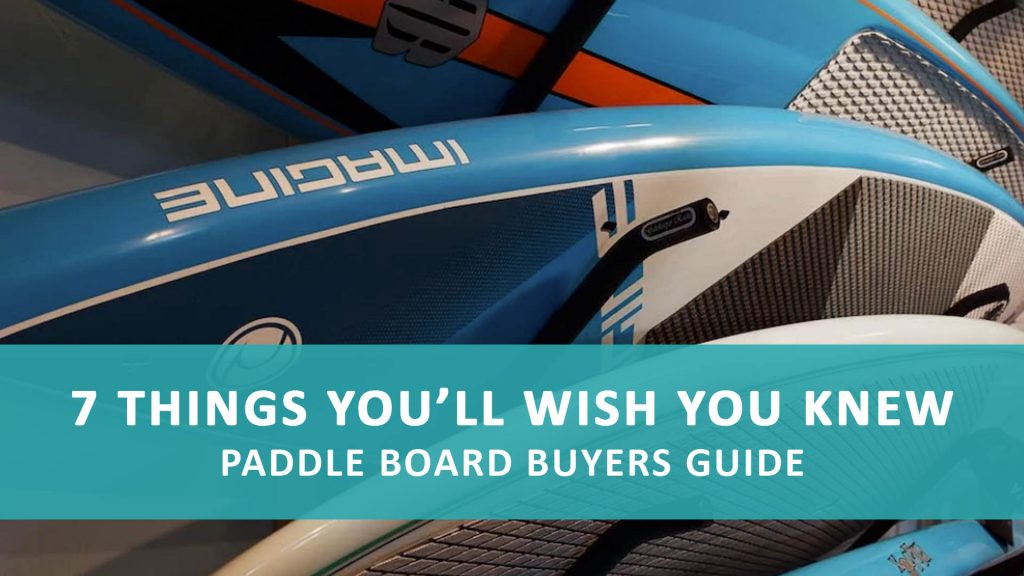Welcome to KOA Paddle Boarding! If you are new to this website, my name is Eddie, and I’m a sup instructor and avid paddle boarder from Southern California.
I’ve worked at multiple Paddle Boarding/Surf shops and have helped 1000’s of people find the perfect board for them. If you want to avoid costly mistakes I wouldn’t recommend skipping anything.
There’s a lot of paddle boards for sale out there. It can be a little overwhelming and nobody wants to throw away their hard earned money on a bad experience. I promise by the end of this blog, you are going to feel super confident and know EXACTLY what you need for the best SUP experience.
We’ll be going over……
- Types of Paddle Boards
- Best Width
- Best Length
- Additional Info
- Detailed Recommendations
- Safety Equipment
- Storing / Transporting
- Conclusion
TYPES OF PADDLE BOARDS
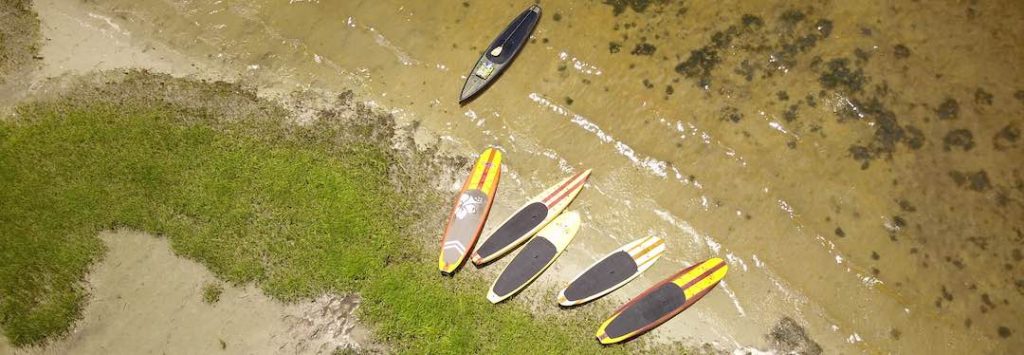
A common misconception among beginners is a board is a board. This couldn’t be farther from the truth.
Much like trying to play an entire round of golf with just one club or bowling with a volleyball, your job becomes much more difficult when you don’t have the right equipment.
When anyone shares with me they had a poor first experience paddle boarding, 90% of the time they were on a board way too small or way too advance for them.
I’m going help you understand board types based on activity, experience, and weight.
All Around Board
(Aka casual, relaxing board)


Experience Level: Beginner
Stability(scale 1-10): 8-9
Speed(1-10): 3-4
Description:
If you are an individual looking for a relaxing and enjoyable time on the water, an All Around board is right for you. It allows you to focus on the experience and less on the balance. The All Around is a beginner board and was designed for people who take life a little slower.
An All Around board is designed with a rounded nose, wide body, and thick core. This board was made to ride above the swells.
These are ideal for enjoying the smaller things in life like watching the fish, turtles, and dolphins (if you’re lucky). It’s also still great for getting exercise while enjoying nature.
I love taking an All Around out with my friends for an enjoyable, relaxing paddle session.
Touring Board
(Aka Back Packer, Explorer board)
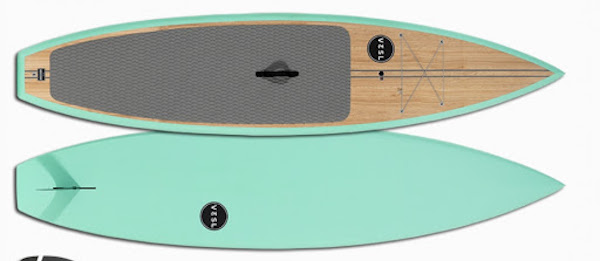
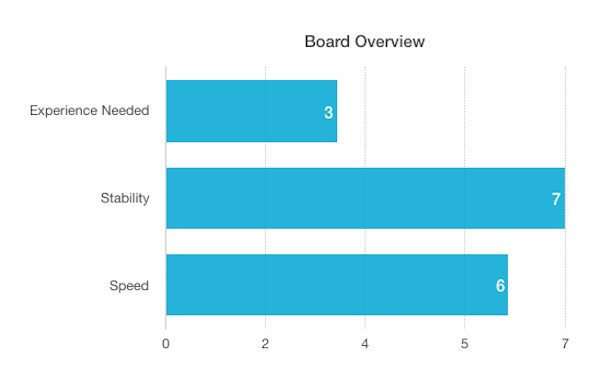
Experience Level: Beginner – Intermediate
Stability(scale 1-10): 6-8
Speed(1-10): 5-6
Description:
A Touring Board is designed with a more pointed nose to glide through the water and disperse small swells making it quicker than an All Around board.
This board is perfect for the journey goers, the ones who plan on tackling miles between beaches, down rivers, or across large lakes.
For those who love long hikes, camping, and getting in touch with nature, the touring board is just for you.
Race Board
(Aka Competitive, Athletic board)
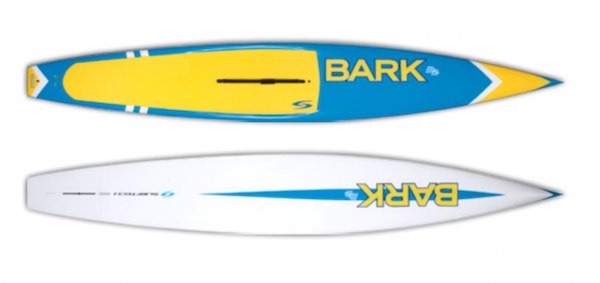
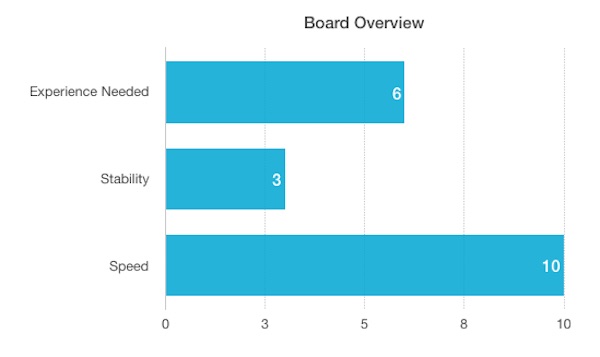
Experience Level: Intermediate – Advance
Stability(scale 1-10): 2-4
Speed(1-10): 8-10
Description:
Do you have the need, the need for speed? If you’re not a casual kind of person, but a passionate, competitive one who loves challenges than a Race Board is right up your ally.
To start, a Race Board is designed to slice through the water reducing drag and giving you a lot more speed than the previous two boards.
Growing up as an athlete myself, I’ve always enjoyed pushing my limits. The Race Board was designed just to do that. I use it regularly to do sprints and cardio training.
Race Boards require more balance and practice to use. If you are up to the challenge, it becomes a lot of fun!
Surf SUP
(Aka Wave Rider board)

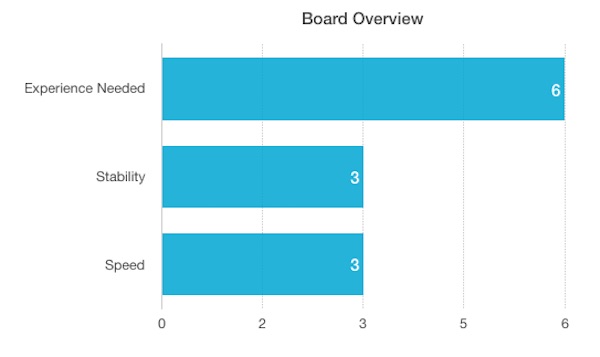
Experience Level: Intermediate – Advance
Stability(scale 1-10): 2-4
Speed(1-10): 2-3
Description:
Surf SUPs are designed similar to an All Around. They have a nose curved upwards to ride above the swell and waves. The major difference is they are much smaller.
If you are someone who loves riding waves or want to get into surfing, then a Surf SUP is right for you. A major benefit is you can catch 3 times more waves than a traditional surf board. This is because you use your paddle and not your hands, saving you lots of time.
Surf SUPS are also a great way to get into traditional surfing.
Yoga Board
(Aka Spiritual, Health Conscious board)
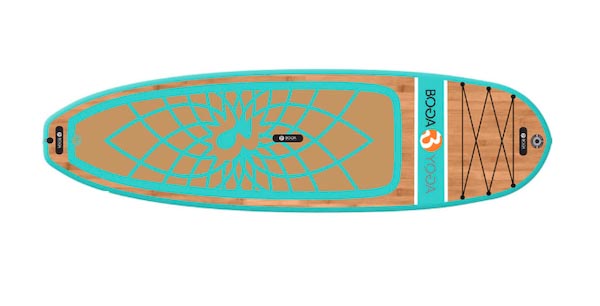
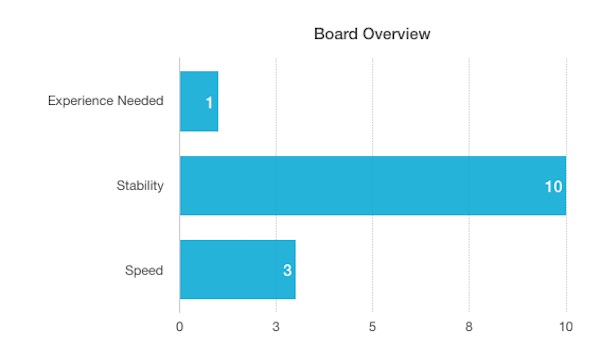
Experience Level: Beginner
Stability(scale 1-10): 9-10
Speed(1-10): 2-3
Description:
Yoga is an excellent way to improve flexibility, blood circulation, balance, core strength, and reduce stress all into one. Yoga on a Paddle Board enhances that experience to another level.
Yoga Boards are designed to be very stable to accommodate the different poses you’ll be doing. They have a rounded nose and are extra wide.
Another major benefit is they can also still be used similar to an All Around Board. They just will be slower.
They are definitely bigger and bulkier to carry around, however, if you are someone who loves yoga and does it frequently, then this board is just for you.
Inflatable Paddle Board (iSUP)
(Aka Compact / Traveler Board)

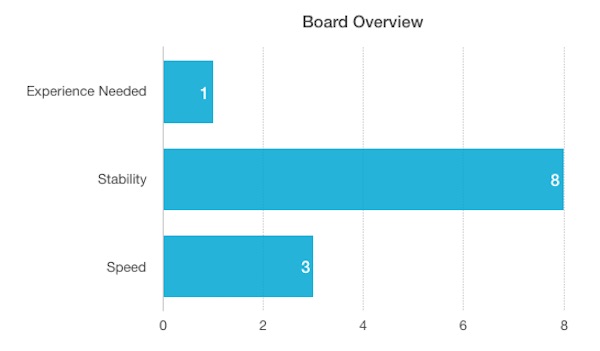
Experience Level: Beginner – Intermediate
Stability(scale 1-10): 8-10
Speed(1-10): 3-4
Description:
Inflatable paddle boards are great for one main reason, they are compact and easy to store.
These boards are designed for people who like to take their paddle board with them on vacation or to places that won’t have paddle boards readily available.
If you are someone who travels often or someone who lacks proper storage space then an inflatable is just for you!
HOW WIDTH AFFECTS BALANCE
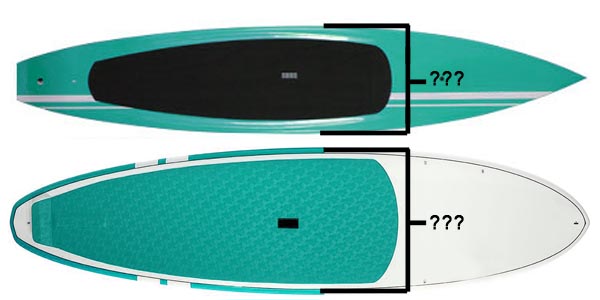
How wide should my paddle board be?
Check out my quick reference chart below to see how the paddle board width affects stability.
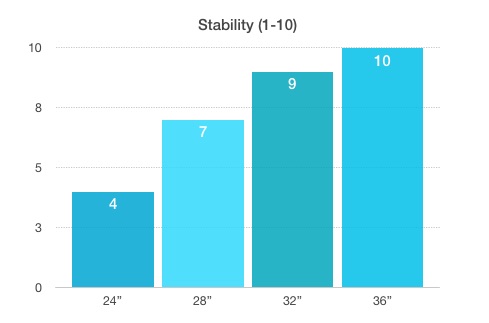
As you can see, the wider the board the more stable it is.
How wide your board should be is determined by your experience and weight.
Here’s some width sizes to determine which one is best for you.
24”-26” Wide
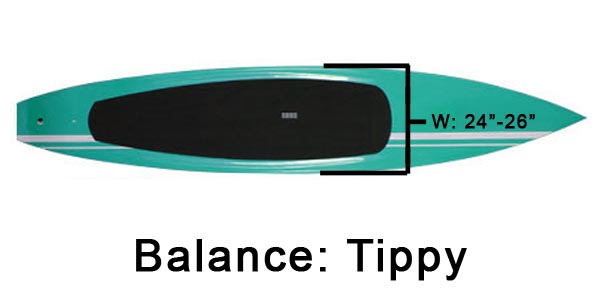
Experience Level = Very Advanced Paddlers who paddle regularly and prefer speed
Weight Recommendation = Max Weight 170lbs
27″-30” Wide
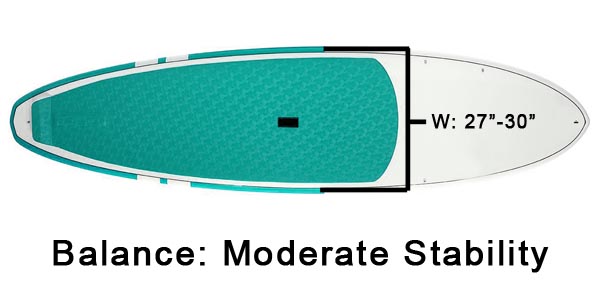
Experience Level = Intermediate Paddlers who have experience and paddle regularly as a hobby
Weight Recommendation = 100 – 180lbs
31″-36″ Wide
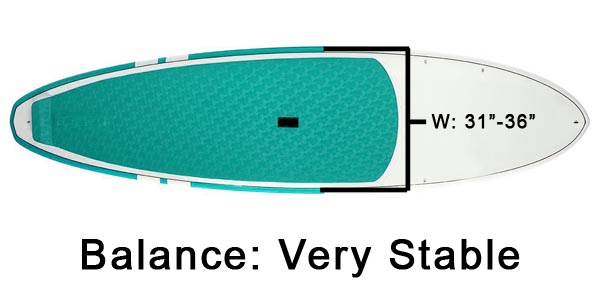
Experience Level = Beginner Paddlers who are getting started or those who prefer the highest stability.
Weight Recommendation = 100 – 280lbs
Recommendation
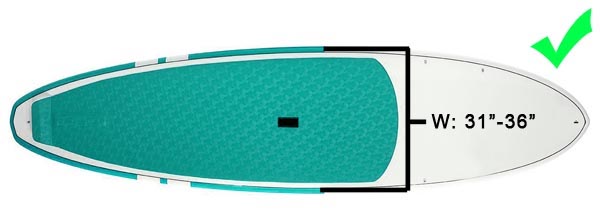
I always recommend a minimum of 32” wide for people who are just getting started. This is a nice stable width to begin properly, and you won’t have to focus too much attention on balance.
HOW LENGTH AFFECTS TURNING & SPEED

How long should my paddle board be?
Check out my quick reference chart below to see how the paddle board length affects turning and speed.
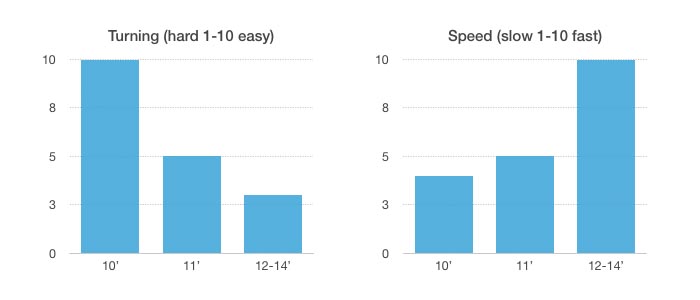
As you can see, the shorter the board the easier it is to turn while the longer the board the harder more difficult it becomes.
If you are someone who wants lots of speed, you’ll want to go with a longer board.
Lastly, the longer the board the better traction you have. What is traction?
Traction: The ability for a paddle board to go straight before needing to switch sides to paddle.
Length Variations
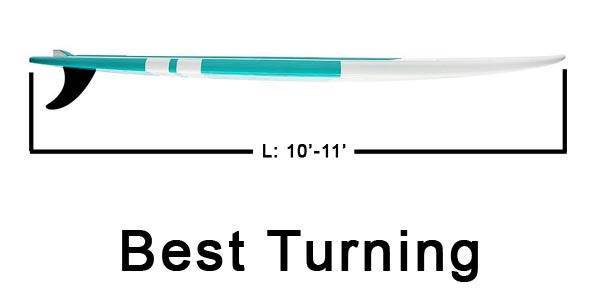
10″-11″ boards are the best when it comes to turning ability.
If you are under 170lbs = minimum recommended length is 10ft
If you are over 170lbs = minimum recommended length is 11ft
I would go for a 10^6 board to get that nice in between length for a little extra speed.
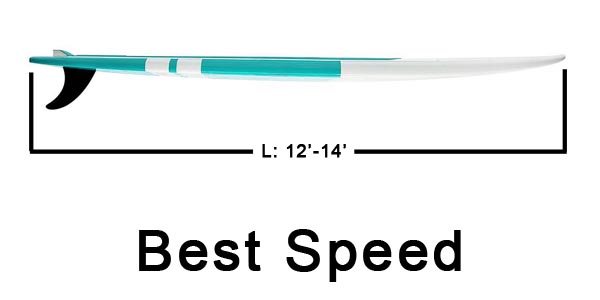
If you are looking for more speed you’ll want to go with a 12ft -14ft paddle board.
Keep in mind the longer your board the harder it becomes to turn.
US STANDARD FIN BOX
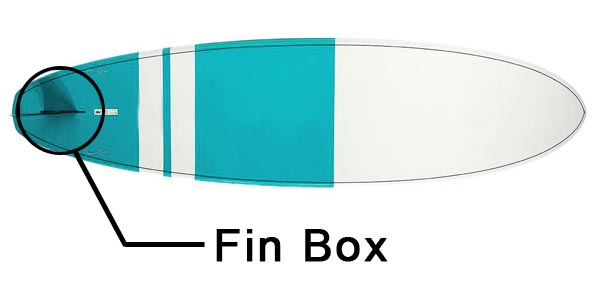
This is something a lot of people forget about, and it becomes a big oops in the future.
Imagine a scenario where you buy your brand new board. You take it out and accidentally damage your fin (scraping it across rocks or something). You go to get a new one only to find out it’s really difficult to replace because the fin is not a US standard fin box.
Not only that, if you ever want to replace it with a bigger fin in the future to improve your performance, now you’re kind of out of luck.
Always check to make sure if the board has a US standard fin box. Luckily most are but you should always check first before buying. This will save you a lot of headaches in the future.
HIGHLY RECOMMENDED BOARDS
COMING SOON!
I am currently doing lots of research to get you guys the best boards based on your experience and needs. I’ll have it up soon!
All Around Boards
Most stable boards for beginner paddlers.
Touring Boards
Stable boards for intermediate paddlers.
Race Boards
Fast boards for advance paddlers.
Surf SUPS
Great boards for beginner to intermediate surfers.
Yoga Boards
Very stable boards for yoga on the water.
Inflatable Paddle Boards (iSUP)
Ideal for traveling and easy storage.
SAFETY EQUIPMENT
Safety is very important to have a great, long-lasting paddle boarding experience. Make sure to check out safety laws in your area.
Many places require that you have some sort of floatation device at all times. Personally, I don’t care if the law says I have to not. I anyways do.
Getting injured or worse because of my ego is not something I’m willing to risk. Everyone is different. The question you just have to ask yourself is, “Is my ego really worth it?”
There are 2 things you need with your board, a PFD and a Leash.
What’s a PFD?
A PFD is a portable floatation device. There are two main kinds out there, a traditional life jacket and an inflatable belt. Let’s look at the pros and cons of each one.
Life Jacket
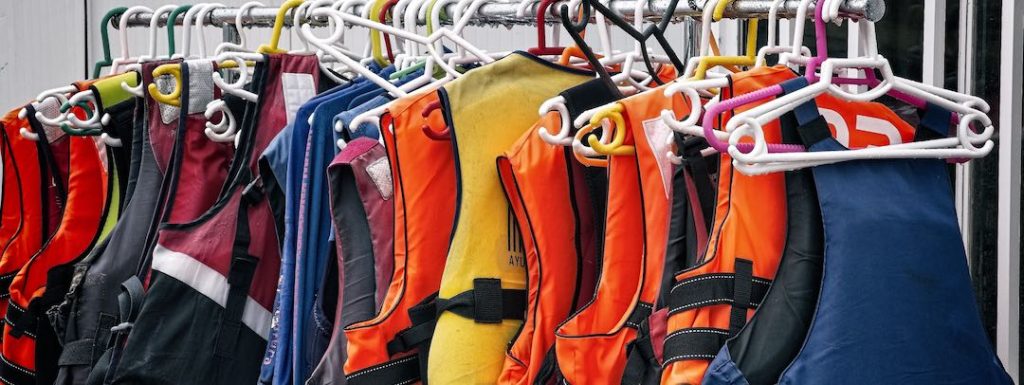
Pros: More secure, more reliable, no parts to replace
Cons: Bulky, restrict movement, adds difficulty getting back on your board, uncomfortable
IMPORTANT: Make sure the life jacket is snug. The jacket should not be able to slide up and down once you put it on. You don’t want to end up sliding down into your jacket and making your emergency situation even more difficult.
Inflatable PFD
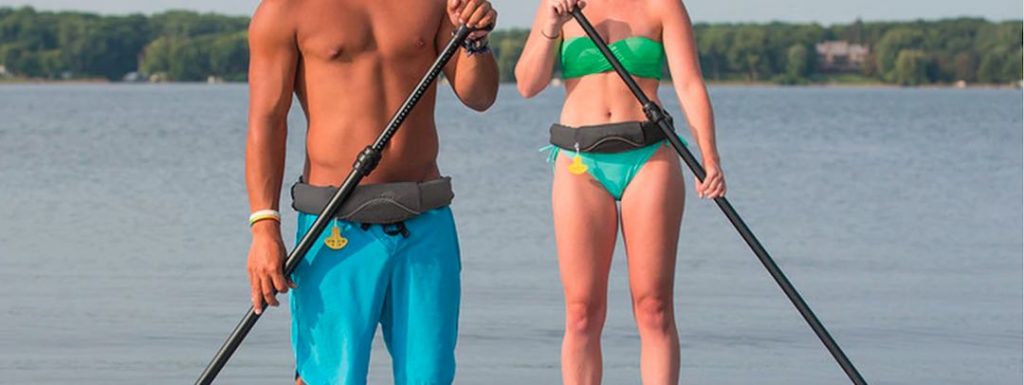
Pros: Small, light, comfortable, free range of motion
Cons: Have to replace parts after each use, can be unreliable if not maintained properly
IMPORTANT: Make sure the tab connecting the cartridge is not broken. If it is, that means it’s time to get a new one. A broken tab will not release the CO2 required to inflate the inflatable PFD.
STORING / TRANSPORTING
I’m going to share with you some tips to storing your paddle board and what not to do. Let’s start with the do not’s.
Do Not
•Keep your board exposed to the elements. – If you are storing it outside make sure it is in a paddle board case. Weather and temperature can do a lot of damage over time to your board.
•Leave the board unsecured. – You don’t want to leave your board only to return to find it has fallen on your car or something else. Doing so can damage your boards and anything else it hits along the way. Always make sure your board is very secure and won’t slide around when storing it.
Storing Options
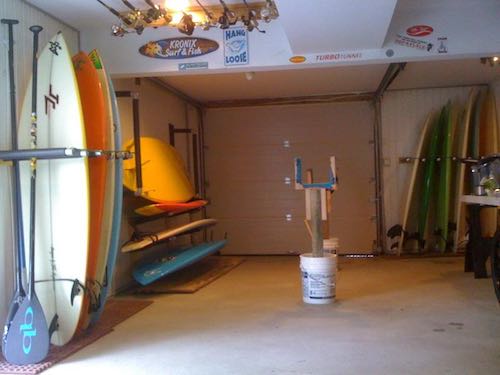
•Lean it against the garage wall. This is the most simple method. Tip: Take the fin off so it doesn’t catch anything.

•Build Garage Rack. This method is generally used near the ceiling and above the car to make space in the garage.
Car Racks
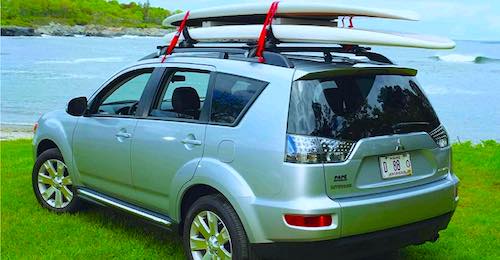
Most people transport their paddle boards using straps for their car. If you don’t have a rack on your hood you can lay towels down and run the straps through the window of the car.
Make sure the straps are very secured so the board does not slide back and forth. You don’t want to accidentally lose your precious cargo.
CONCLUSION
That’s it! Everything you need to know to get started before purchasing your first paddle board! Let’s recap all that you have learned!
✓Paddle boards types range based on what activity you want to do.
✓The wider the board, the more balance it has.
✓The longer the board, the faster it’ll go, but the harder it is to turn.
✓Make sure you get a US standard finbox to change out fins later.
✓Make sure straps are always secure before transporting.
✓Store your board in a mild climate and always keep an out for obstacles that may damage it.

